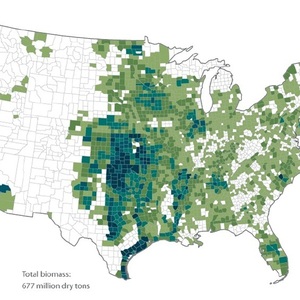UCS: 680 million tons of U.S. biomass available by 2030




Union of Concerned Scientists, “The Promise of Biomass"
October 12, 2012
BY Erin Krueger
Advertisement
Advertisement
Related Stories
Norwegian Cruise Line Holdings and Repsol sign long-term agreement to supply renewable fuels in Barcelona
Norwegian Cruise Line Holdings Ltd. and Repsol on Oct. 20 announced a landmark 8-year agreement to supply renewable marine fuels at the Port of Barcelona, establishing an unprecedented long-term relationship within the cruise industry.
Par Pacific Holdings Inc. on Oct. 21 announced the successful closing of Hawaii Renewables LLC, a joint venture to construct a renewable fuels facility and produce renewable fuels at Par Pacific’s refinery in Kapolei, Hawaii.




